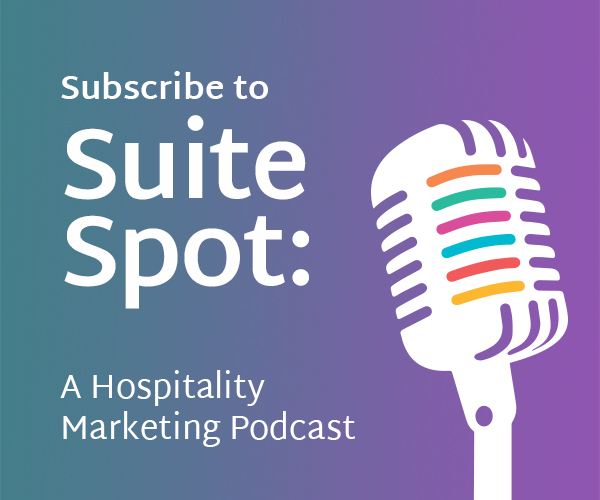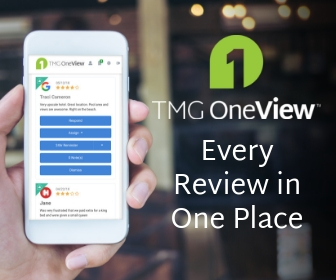Intro to Inclusive Language for the Hospitality Business

Perhaps the most important hallmark of the hotel industry is hospitality. Making guests feel welcomed through warm, friendly interactions. Anyone who has worked in a service industry knows that there is a significant effort put into showing hospitality: putting any frustrations or issues you have aside and greeting guests with smiling, cheerful conversations.
The general rules you have learned and developed to welcome and treat guests with respect should always be evolving instead of remaining stagnant. Aside from simply being the right thing to do, actively thinking about inclusion can help earn loyal guests and increase guest satisfaction.
As said by Jeff Rutledge of AIG travel, “it is our moral imperative to make sure that the engines of travel are moving for everyone, which, in turn, benefits societies and local economies…travelers want to engage with companies who understand them and are thinking about their needs in advance.”
Don’t wait to incorporate inclusivity into your hotel’s business practice. Here, we’ll start to explain what inclusivity means and how you can begin incorporating inclusive language into your hotel’s website and operations
Inclusive Language for Hotels

When we talk about inclusivity, that refers to literally including everyone. Just as the ADA exists to provide access to those with special needs and accommodations, inclusivity seeks to excel at including all people – not just meeting the minimum requirements.
Inclusivity refers to: the fact or policy of not excluding people on the grounds of gender, race, class, sexuality, or disability. For those in the hospitality industry, we’d argue that the definition should be to welcome all people.
Let’s take a look at Marriott. In addition to ADA requirements, they have also invested in powering their website with the eSSENTIAL Accessibility™ app, making every page easier to navigate via alternative tools. Whether you use an alternative keyboard or mouse, text to speech, or voice recognition, Marriott ensures that website visitors get full use out of their site.
What Language is Not Inclusive?
Non-inclusive language and actions are often subtle. People who are in the majority often don’t even notice it since they are so used to having language reflect their experiences.
As an example, you may offer a Summer Family Fun package at your hotel to include a room that can sleep 5 with free breakfast for kids. When you’re writing the description avoid words that define the sex and gender of your guests.

With our Summer Fun package, you’ll get some fun in the sun at our outdoor pool. Plus, the little ones get free breakfast before 10 am. Finally, mom & dad can relax while the kids cool off! Book now!
Our recommendation: Replace mom & dad with the grownups, you, or another neutral term.
By saying “mom and dad,” you’re pointedly excluding families with single parents, mixed families, and gay and lesbian families. While the package could be claimed by any adult with a child staying with them, it’s a small piece of wording that will cause some families to question if they would be welcomed.
There is a lot of nuance and gray areas when understanding what language is inclusive or exclusive or somewhere in between. We hope this resource helps your hotel team be more thoughtful and intentional in welcoming every guest.





Such a different topic for hotel industry… good one
Thanks so much for your feedback!